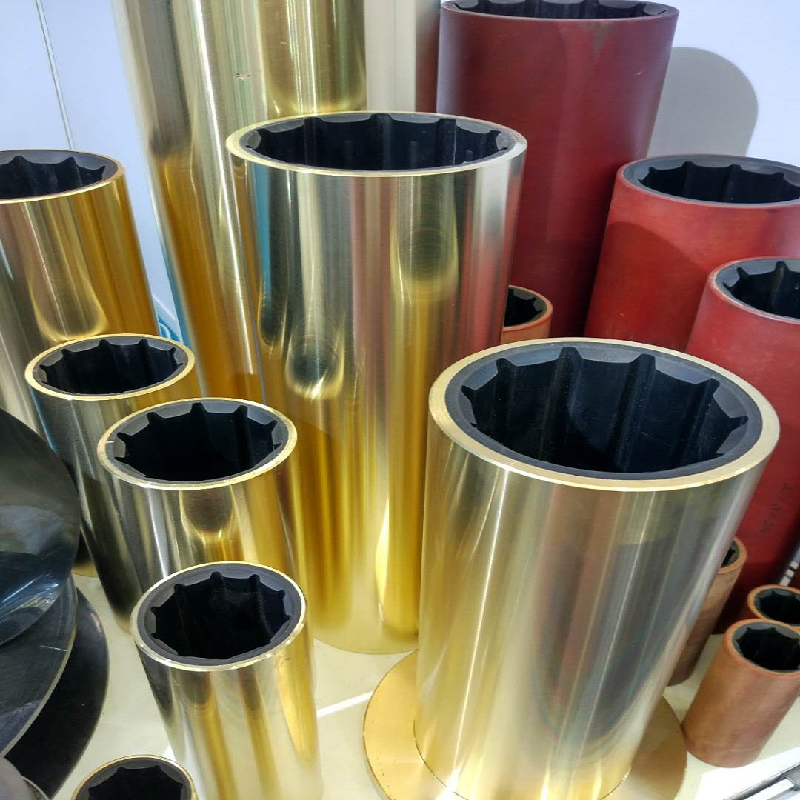Exploring Various Types of O Rings and Their Applications in Different Industries
Understanding Different Types of O-Rings
O-rings are versatile sealing devices widely used in various industries for their reliability and effectiveness in preventing leaks. Their simple design, consisting of a circular cross-section, allows them to create a reliable seal when compressed between two mating surfaces. However, not all O-rings are created equal. They come in various types and materials, each suited for specific applications and environments.
One of the most common types of O-rings is made from Nitrile Rubber (NBR), which offers excellent resistance to oils, fuels, and other hydrocarbons. NBR O-rings are frequently used in automotive and industrial applications, due to their durability and ability to withstand a wide temperature range. However, they have limitations when exposed to certain chemicals and high temperatures.
Understanding Different Types of O-Rings
Silicone O-rings are also widely used due to their excellent flexibility and temperature resistance, functioning effectively in both high and low-temperature scenarios. While silicone does not have the same chemical resistance as NBR or FKM, its ability to maintain a seal under extreme temperature variations makes it perfect for applications in HVAC systems and food processing.
different types of o rings

For applications requiring higher elasticity and resilience, Polyurethane O-rings are often utilized. They are known for their outstanding abrasion resistance and tensile strength, making them suitable for dynamic sealing applications, such as in hydraulic and pneumatic systems.
In addition to differences in materials, O-rings also come in various sizes and profiles. The AS568 standard provides a comprehensive list of sizes that are commonly used in the industry, ensuring compatibility and availability. When selecting an O-ring, one must consider factors like the working environment, fluid compatibility, temperature ranges, and mechanical stresses involved.
Furthermore, O-rings can be manufactured with different cross-sections to meet specific sealing requirements. For instance, square O-rings can be used to resist extreme pressures, while specially designed double O-rings provide enhanced sealing performance in high-demand situations.
In conclusion, understanding the different types of O-rings and their specific applications is crucial for selecting the right sealing solution for any project. By considering the material properties, environmental factors, and design requirements, engineers and technicians can ensure optimal performance and longevity of their sealing systems. Whether in automotive, aerospace, or manufacturing, the right O-ring choice can significantly affect the efficiency and reliability of machinery and equipment.
-
Understanding the Importance of the Crankshaft Oil Seal in Engine Performance
News Jun.16,2025
-
The Unsung Heroes of Engine Protection: Understanding Automotive Shaft Seals and Oil Seals
News Jun.16,2025
-
Keeping the Engine Tight: The Role of Crankshaft Seals and Gaskets in Oil Control
News Jun.16,2025
-
Complete Protection in Harsh Conditions: A Deep Dive into Cassette Seals
News Jun.16,2025
-
Choosing the Right Oil Seal: A Guide to Trusted Brands and Suppliers
News Jun.16,2025
-
Advanced Sealing Technologies: Exploring the Range of Modern Oil Seals
News Jun.16,2025
-
Your Essential Guide to Car Repair Kits: From Rust to Dings
News Jun.13,2025
Products categories















